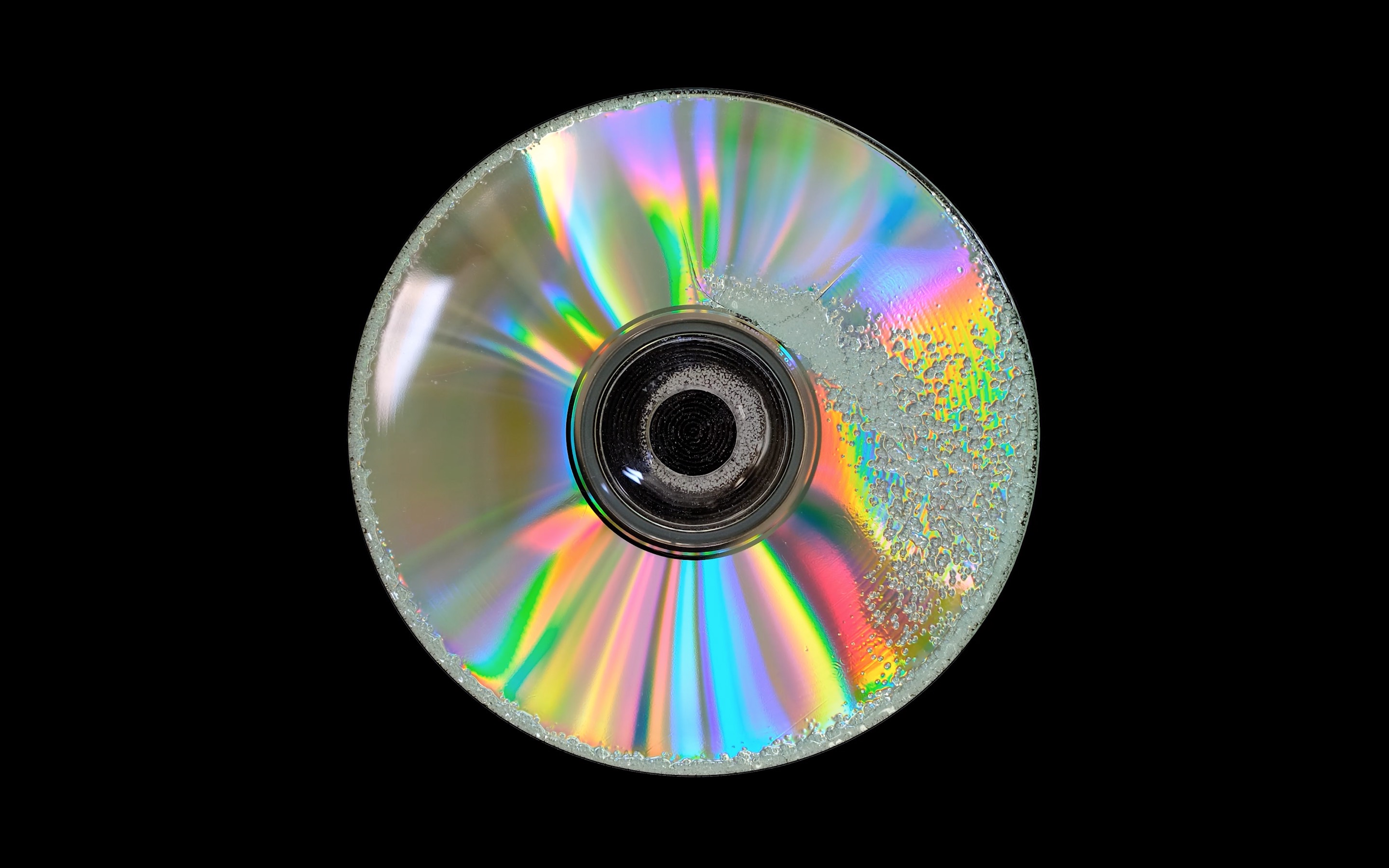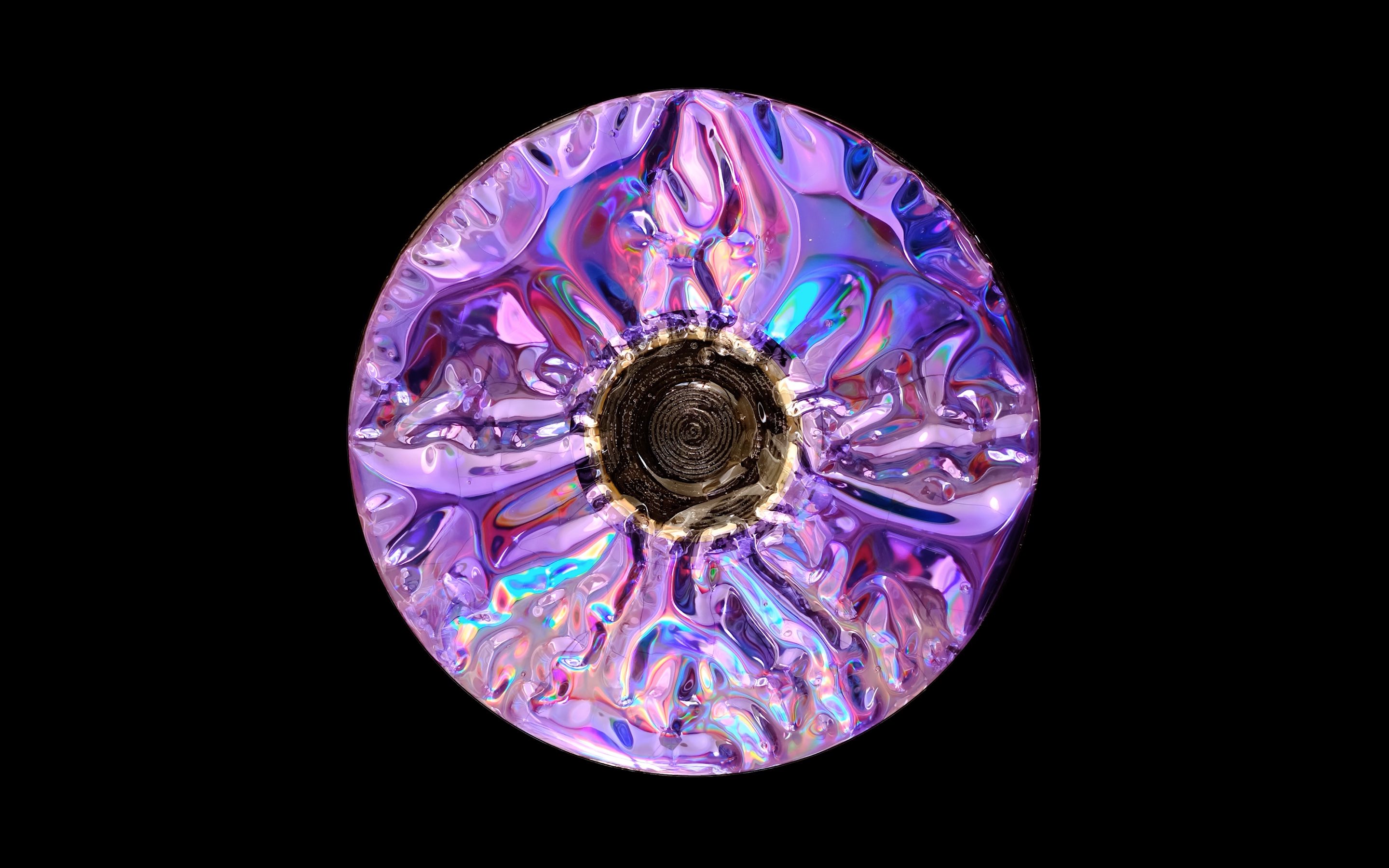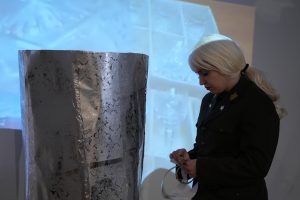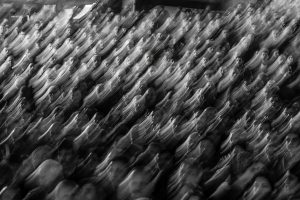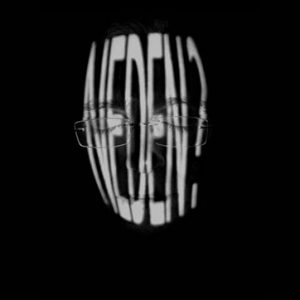MOLECULAR: ASBESTUS AND FIRE
Curator: Uras Kızıl
Art Talk: Kıymet Daştan & Uras Kızıl
17.07.2024
Bilsart presents Kıymet Daştan’s exhibition entitled “Molecular: Asbestus and Fire” between 17 July – 27 July 2024 curated by Uras Kızıl. After Ozan Atalan’s first screening with the theme of asbestos, the exhibition presents its second screening with Kıymet Daştan’s theme of fire.
“Kıymet Daştan’s video installation titled The Pleasure of Memory Burn is based on the video work Memory Burn shown at the Crystal Clear exhibition held at the Pera Museum in 2020, curated by Elana Sorokina. The Pleasure of Memory Burn is a version of Memory Burn reinterpreted specifically for Bilsart’s exhibition space. The processual changes associated with the heat-induced deformation of optical disks seen in Memory Burn are also valid for The Pleasure of Memory Burn. However, unlike Memory Burn, here a projector replaces the screens to convey the image. The projector reflects the transformation witnessed as a result of nine separate optical disks being exposed to heat onto round forms placed in the center of the space, which resemble optical disks. The fact that the projector, a mechanical eye, takes its reflection quality from the optical disk indicates a positional exchange between them.”
The use of optical disks as material extends to Daştan’s participation in the artist residency program at Ashkal Alwan in Beirut in 2019. Daştan questions the residual value of optical disks, which have lost their utility value today, beyond their instrumentality. Daştan’s reference to the vitality of matter points to the new meaning things have acquired today by becoming artifact objects in a process evolving from oil to optical disks carrying virtual information and then to stones.
The loss of the instrumental value of optical disks, that is, their deterioration, grants them visibility on a human scale. Things begin to attract our interest only under the condition of losing their instrumental quality – a paradoxical stance.
Optical disks, due to their smooth and mirror-like form, begin to serve alternative purposes when they move beyond their instrumental activities such as storing and preserving data like sound, video, photos, documents, and similar information. This can manifest as evolving into a scarecrow responsible for protecting fields from birds, being hung decoratively on car mirrors, or being used for heat insulation or to avoid radar signals. The reflective surfaces of optical disks that bounce off sunlight indicate their potential materiality. Even if an optical disk loses its primary purpose, it does not lose its value context.
Daştan is interested in how memory is preserved, written, recorded, and destroyed using optical disks. However, The Pleasure of Memory Burn indicates the reproduction of memory as a result of burning and destruction. The reconfiguration of memory here is realized through the contact of fire as heat with the material, reminding once again of the function of storing virtual information, which is also the condition of the material’s existence. The optical disk, which carries the invisible memory destroyed by burning, is now inherent in its new memory. This new memory creates diffraction patterns as images. Deformations, fractures, cracks, and color changes occur. Additionally, the sounds in the space allow the viewer to sense these changes.
Fire plays an active role as a transformative force during the exhibition process. The potential of fire does not only manifest specifically in optical disks. It also tends to be a transformative force on the Oblivion Stones. Photos of the Oblivion Stones are displayed along the corridor of the exhibition space.
This type of relationship that Daştan establishes with heat carries traces of Beirut’s memory. The process of melting and burning optical disks symbolizes the fires in Beirut’s memory. Daştan’s realization of a deformed stone, which carries the memory of a geography inherent in wars, deaths, and destructions, being exhibited at the Beirut National Museum, and the bond she establishes with this stone, leads to a reconsideration of the meanings attributed to the stone.
The optical disks in the Oblivion Stones series have also been transformed by Daştan into another memory carrier, a stone. The stone forms used in melting the optical disks were obtained from waste collected from the ancient ruins of the city, used to fill Beirut’s coastline. The optical disk, naturally found as petroleum but a man-made object, contrasts with the stone, which is a non-man-made object found in nature. The coexistence of the organic and inorganic, the optical disk as petroleum and the stone, evolves into a single artifact object through the artist’s intervention.
Preferring the representation of the stone over the stone itself is the next step in the identity formation of the Oblivion Stones. The photograph achieves the reproduction of the memory of a stone that does not actually exist by documenting it, thereby in a sense validating it and carrying it into the future.
The Oblivion Stones, contrary to appearances, are extremely worthless stones in a material sense. Here, one can speak of the act of making something worthless appear ‘valuable’ by the artist. For example, ‘forgetting’ is an abstract concept that cannot be physically displayed. The concretization and objectification of memory through means reveal themselves as art. The process of deformation and reconstruction of the optical disks that serve as carriers of memory signifies both the forgetting of memory and its reproduction as an object.
Uras KIZIL
ABOUT KIYMET DAŞTAN
Kıymet Daştan problematizes the materiality of memory and time by experimenting with form and conceptual thought, examining traditions, memory-laden objects, materials and representations of values.
She graduated from Mimar Sinan Fine Arts University, Department of Sculpture in 2008 and received her Master’s degree in Design from Domus Academy in Milan in 2014. In 2019, she completed the one-year Home Workspace program of the Ashkal Alwan Plastic Arts Association in Beirut, followed by her second master’s degree at MSGSU Sculpture Department in 2021.
Daştan has held three solo exhibitions, two in Istanbul, one in France. Participated in many group exhibitions in galleries and public spaces, and participated in artist residencies and symposiums. She has won many awards, including the First Prize in the Sabancı Art Awards Sculpture Department (2008) and the First Prize in the JTR Jewelry Design Competition (2013). She participated in the exhibitions “Crystal Clear” at Pera Museum (2020) and “Return Of The Sun” at Beirut Art Center (2022).
Daştan continues her artistic work independently in her studio in Istanbul.

